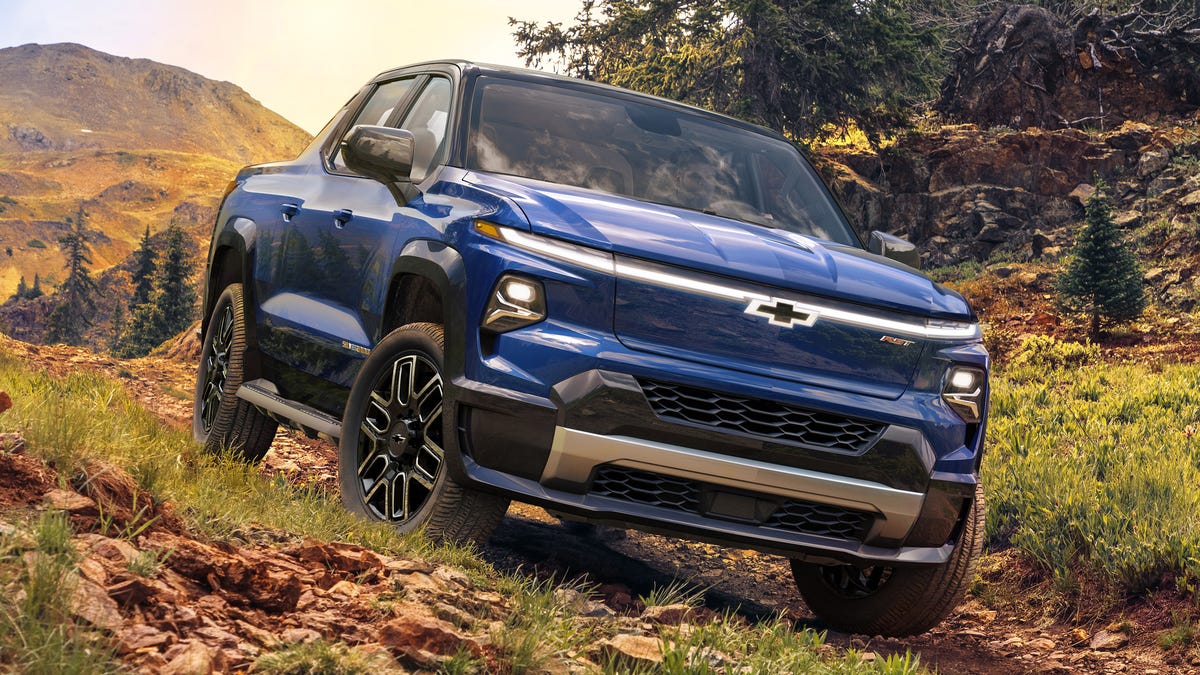GM Partners with PG&E to Test Bidirectional Charging
This technology would allow your electric vehicle to seamlessly power your entire home if the grid goes down, possibly for days at a stretch.
On Tuesday, GM and San Francisco-based Pacific Gas and Electric Company announced a new partnership. The two firms will work together to press the automaker's electric vehicles into service as on-demand power sources. This pilot program will be used for homes serviced by the utility company.
But what exactly does all that mean? Simply put, EVs store enormous amounts of energy in their battery packs. It takes vast amounts of juice to propel a 4,000-pound vehicle up hills at 75 mph. Thanks to bidirectional charging, all that stored energy can be used to run your house if the electrical grid goes down. Depending on usage, there may be enough juice to run a home for days or even more.
If you charge, say, your shiny, new Chevy Silverado EV from a station in your garage, the truck will pull power from your home's electrical system to replenish its battery. Flipping this on its head, bidirectional charging allows the vehicle to back-feed juice through the charger and right into your house's electric system when the power goes out. Ideally, if there's a blackout, the system will seamlessly transition from charging to discharging, so your lights and refrigerator never go out. This basically turns your EV into the ultimate portable generator. In the coming years, electric vehicles and bidirectional charging could play a critical role in reducing greenhouse gas emissions and helping bolster electrical grids.
Electric trucks will have some significant benefits over their combustion-powered counterparts, including the ability to power a jobsite like a portable generator you can drive.
Naturally, GM isn't the only company working on bidirectional charging. The 2022 Ford F-150 Lightning all-electric truck will support the technology as well, and other automakers are undoubtedly working on this, too.
Patti Poppe, CEO of PG&E said in a release shared by GM, "Imagine a future where everyone is driving an electric vehicle -- and where that EV serves as a backup power option at home and more broadly as a resource for the grid. Not only is this a huge advancement for electric reliability and climate resiliency, it's yet another advantage of clean-powered EVs, which are so important in our collective battle against climate change."
The partnership between these two companies is expected to bear fruit this summer, with GM supplying PG&E with EVs and chargers that feature vehicle-to-home capability. Multiple vehicle models will be used in testing, but the automaker has not said which ones will be included. Once PG&E is done proving things in the lab, it will move on to real-world testing, where a small subset of homes will be allowed to take advantage of bidirectional charging when power goes out. The goal is to scale this project up to many more customers before then end of 2022.


